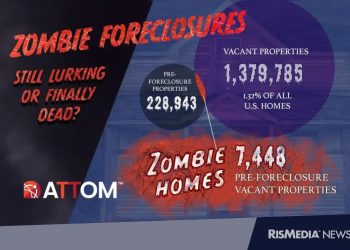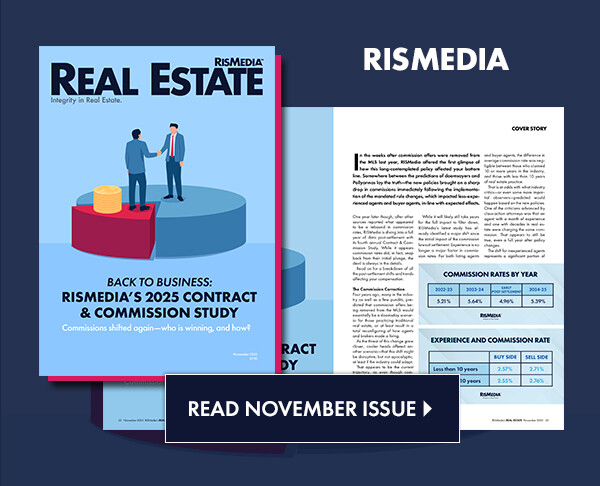Rising inflation in almost all areas of the economy could make housing affordability more and more difficult. Many opt to rent before buying a home, or find renting more affordable than homeownership.
Headline inflation according to the Consumer Price Index (CPI) hit 2.9% in August, continuously increasing and moving further away from the Federal Reserve’s goal of 2%. Yet as inflation slowly raises prices in most areas, renters are seeing slight gains in mobility and decreases in rent.
For the 25th consecutive month, the year-over-year median rent price fell again in Realtor.com®’s August rent report.
The report uses data for studio, one-bedroom and two-bedroom apartments in the top 50 largest metropolitan areas listed on Realtor.com—with the exception of Buffalo and Rochester, New York; Hartford, Connecticut; New Orleans, Louisiana; and Providence, Rhode Island. Compared to last year, rent dropped by $38, or 2.2%. But, in the past month, rent increased to $1,713, up only $1 since July.
Danielle Hale, chief economist at Realtor.com, said in a statement that “(r)ental declines across the majority of markets in various-sized homes are providing new options for renters, who have been squeezed by significant increases since the pandemic.”
Rentals of all types decreased in monthly price in the past year. Studio apartments decreased by 1.7% in the last year with a median rent of $1,430. One-bedroom units decreased by 2.1% with rent averaging out at $1,593, and rent for two-bedroom units dropped by 2.2% to $1,897.
With a consistent trend of easing rent prices, the report states that more and more renters are considering moving. The report also notes that certain cities with large rental price declines are creating opportunities for renters looking to move.
Of the 50 largest metros examined, only four increased in rental price in the past year. Kansas City, Missouri, had the biggest increase since 2024 at 2.9%, with a median rent price of $1,398. San Jose, California, followed with a 1.6% increase. Chicago, Illinois, grew by 0.7% and New York City’s rent price increased by only 0.5%.
Despite the low increases, San Jose had the highest monthly rent for August at $3,413, the only median rent above $3,000.
Most of the year-over-year drops in rent fell slightly, but Denver, Colorado, had the biggest decline at 7%, with rent averaging out at $1,785.
Compared to the August 2022 peak, the median monthly rent dropped $46, or 2.6%. Yet it still remains 17% higher—or $249 more—than rent prior to the pandemic.
Despite the small gains for renters, changes to rent price in the past six years remains high. Most changes remain in the double digits, ranging from 2% all the way up to nearly 40%. The only city to decrease in its six-year change was San Francisco, California, at 3.2%.
Other cities weren’t as lucky. Pittsburgh, Pennsylvania, had the greatest increase since 2019 at nearly 40%.
Along with relatively high prices, barriers to homeownership remain prevalent as factors like home insurance premiums may bar renters from investing in properties. Yet Realtor.com researchers report an optimistic outlook on the declining rent trend.
The report states that “nearly 60% (of renters) reported plans to buy a home, and among these potential buyers, about 52% expect to do so within the next one to two years.”
Three reasons stood out as to why respondents chose to continue renting. Insufficient funds for a down payment, limited affordable housing inventory and low credit scores were the main reasons why renters were barred from buying a home. The report suggests that “renters are constrained by structural barriers rather than personal preference.”
According to the report, renter mobility has slowly increased since the pandemic from 20.8% in 2022 to 21.6% in 2024. Younger and older renters look for higher affordability, while middle-aged renters tend to look for larger spaces to accommodate their growing families.
Jiayi Xu, an economist at Realtor.com, said in a statement that “(r)enters focused on affordability are often willing to make compromises, like choosing a longer commute, fewer amenities or fewer on-site services. It shows that many households are carefully weighing costs against lifestyle, making tradeoffs to find a home that better fits their budget.”
For the full report, click here.











